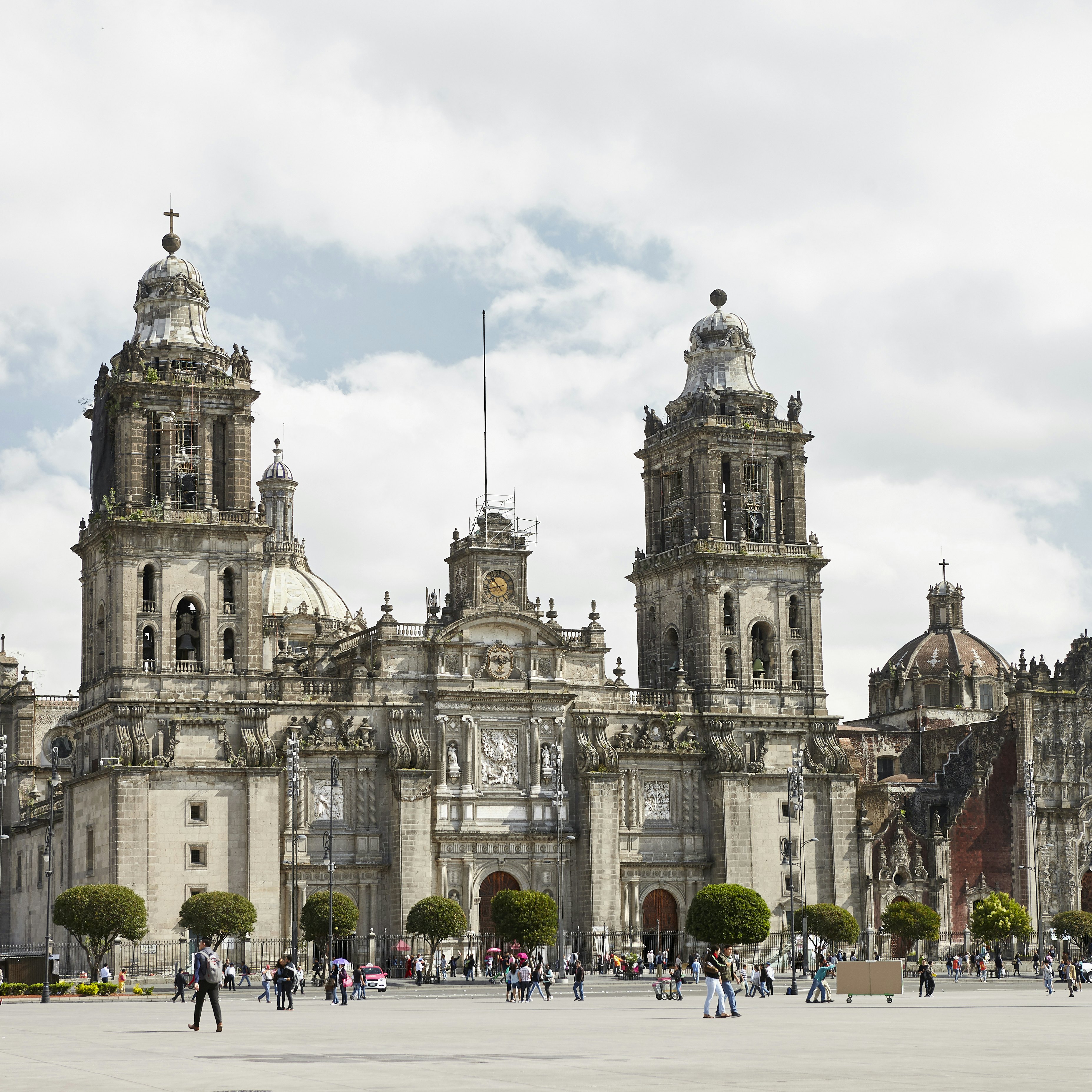

Paola Vivas for Lonely Planet
Overview
Mexico City is endlessly fascinating. Linger in gorgeous leafy Condesa, Roma and Coyoacán. Explore Frida Kahlo’s life and art, and fascinating ancient artifacts – or find underground experiences in dance halls and art collective parties. Not sure where to start your planning your trip? Get inspired with tips on top attractions, when to visit and more expert advice on Mexico City travel.
Leave the planning to a local expert
Experience the real Mexico City. Let a local expert handle the planning for you.
Must-see attractions
Planning Tools
Expert guidance to help you plan your trip
Best Things to Do
Explore Frida Kahlo's inner world, enjoy a lucha libre match and lose yourself in beautiful libraries, all in Mexico City.
Read full article
Best Time to Visit
Timing a trip to Mexico City is really about what you'd like to celebrate and enjoy - and what of the many adventures you'll have in this fabulous city.
Read full article
Things to Know
Be a better traveler with this guide to health, safety and etiquette in Mexico City.
Read full article
Transportation
Transit options abound in Mexico’s mighty capital city. Here’s a complete guide to them.
Read full article
Free Things to Do
Stretch your travel budget even further with this list of the top free attractions in Mexico City – leave your pesos at home.
Read full article
Best Neighborhoods
These beloved, highly walkable neighborhoods are some of the most vibrant in Mexico City.
Read full article
Day Trips
While there is plenty to keep you busy in Mexico City, the central region of Mexico is filled with pueblos mágicos that are well worth your time.
Read full article
Money and Costs
While there’s plenty to splurge on in sophisticated Mexico City, the capital’s relative affordability stands out. Here’s how to enjoy the city for less.
Read full article
Traveling with Kids
Planning a family trip to Mexico City? Whether you're drawn here by food, history or the Day of the Dead, here are the top things to do with kids.
Read full article
Spending Diaries
Photographer Evan Ruderman shares his tips for getting the best from a long weekend in Mexico City, taking in the best food and sights for less than $500.
Read full article
Get a book. Get inspired. Get exploring.
in partnership with getyourguide
















